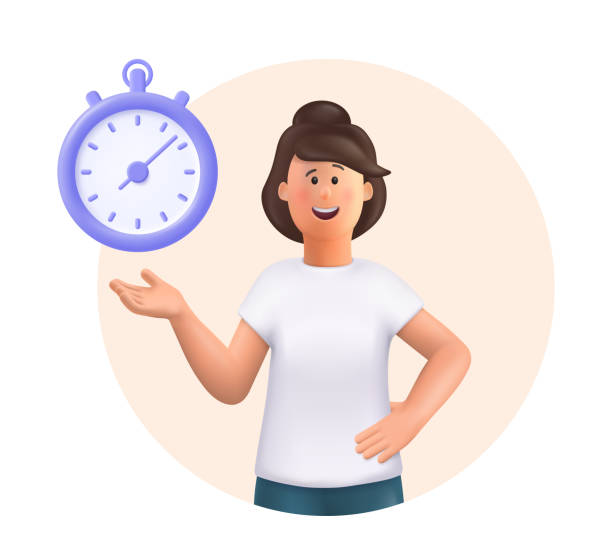How Do You Begin A Timer?

Using a timer for an activity is a great method of keeping track of your
time. If you have a realistic time frame, it will help you reach your goals
faster. To avoid getting too busy or to start over using a timer. In this post,
we'll take a look at the steps to begin the timer, how you can modify it, and
the best way to stop it from counting down.
The setting of realistic time limits using a timer
The use of a timer is to set realistic time limits and increase productivity.
If you're trying to beat the deadline or just keep your head above water, timers
can help to keep your on track. Timers can also aid in directing your energy
into productive bursts. You can, for example, set a timer that lets you be
working on a project each 20 minutes. After you've completed your time limit
you'll feel accomplished and have more to showcase.
Using a timer can also assist you in determining what is most important to
you. You may decide to stay on one task for a while, before moving on to a
different. Focusing on one task at the time will make you more productive. It
will also make it less likely for you to get distracted. This makes you more
efficient overall. A 9 minute
timer symbol, which is a symbol of focus will help you stay clear of
distractions and keeps your mind focused.
Resetting a timer so as to prevent it from counting down
Countdown timers are used for counting down the time until an event. They are
used to count the minutes, hours, or days until an event. You can select the
number of repetitions or the number of minutes you want to count down. 25 minute
timer to count down to in. When the countdown is going down, you are able to
play a pre-selected song. You can choose royalty-free music you wish to play
during the countdown. You can also turn off the music while the timer is
on.
If you want to add an option to pause your timer, then you can make a custom
callback which will be executed each when the timer refreshes. You can also make
the timer pause when the user presses the pause button. This makes your app
simpler to use.
To initiate a timer you can call the start method on the Timer class. It will
accept a javascript file that contains configuration values. The instance is
also created using default values. Then you can adjust the precision parameter
to seconds, hours or minutes. Counters are refreshed every 10 seconds by the
timer. The timer can be programmed to update after a certain number of minutes,
seconds or even hours.
Restarting a timer
Before you can restart a timer you must first verify that the current timer
is still in operation. To restart the timer it is necessary to set up a doubly
linked lists (DLL). This is an expensive operation, as you have to execute it on
a dedicated thread. If the online
timer is stopped, you do not have to execute this procedure. Then, you can
start the timer again after you've determined the amount of the message
currently that is being saved within the buffer.
The most straightforward way to accomplish this is to carry out an action
that takes place without waiting for the buffer to fill up. Sending a message to
the next buffer could suffice. It isn't necessary. For instance, if an 35 minute
timer is being restarted, a program can check the TxIF bit to determine if it is
overflowing. If the bit flips then the action will take place.
Editing a timer
It is possible to add text boxes or images to your timer, making it more
creative and interesting, regardless of whether you're editing it to set a timer
for the presentation or to announce an occasion. The controls for the timer can
be edited to display the desired number of characters and font design.
If you wish to edit an existing timer, just click the entry in the Timer tab.
The Edit Timer window will then appear. It allows you to change the name,
beginning and ending times of the timer. You can also change the font color,
outline color, and the opacity.
Timer controls can be changed by users who have the workstation role Editor.
The timer is able to display a specific number of minutes, hours or seconds. The
duration of the object can be used to define the countdown. You can also set the
countdown time in minutes, seconds or milliseconds.
You can set the timer to play backwards , and also adjust the volume. The user can also alter the background color of the timer.
Kommentare
Kommentar veröffentlichen